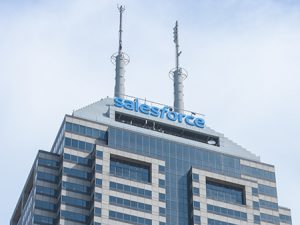
Big fix to jobs data shows labor market was far weaker than previously reported
The government reported Wednesday that the economy created 818,000 fewer jobs from April 2023 through March 2024, in the biggest revision to federal jobs data in 15 years.














